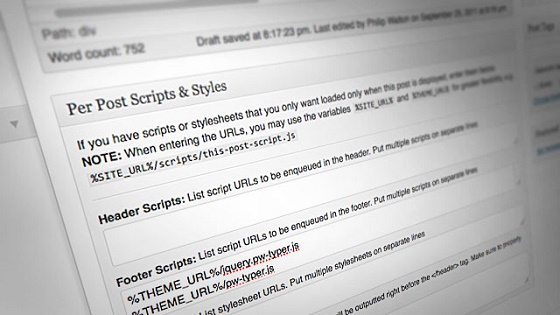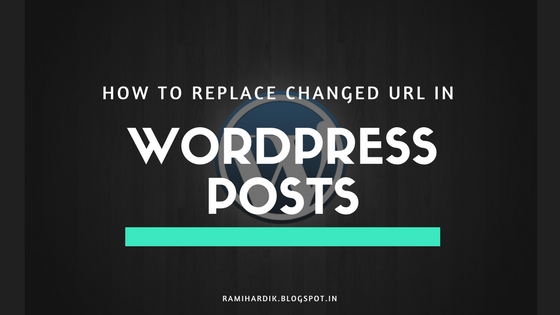Sometimes it’s a bowl of ice cream after a bad breakup. Other times, it’s a plate of spaghetti made from your mom’s tried-and-true recipe. And occasionally it’s leftover hash-brown casserole eaten straight out of a Tupperware container at your best friend’s parents’ house as you both recover from the holidays. (True story.)
Making the Brain Happy
Comfort food takes on many forms, depending on the situation and the person. While some meals are often classified as comforting, such as pasta and stews, comfort food is a product of our personal experiences with certain dishes. But are there reasons beyond these personal associations why we reach for some foods—particularly of the high-calorie variety—over others in times of turmoil?In a 2005 Ball State University study published in the journal Nutrition Research, a survey of 272 college students showed that while 80 percent of them thought they ate healthfully most of the time, only 33 percent did when anxious about something. Interestingly, those who were stressed also tended to turn toward the same kinds of foods. There’s no question that mood and eating habits are connected, but there must be some reason why food variety decreases when stress levels increase.
We humans have a complicated relationship with food. It’s necessary for survival, but our connection extends far beyond basic necessity. We turn to food as a means of celebration, as a treatment for loneliness, as an outlet for frustration and sadness, and so forth. This wouldn’t be a problem if fruits and vegetables provided the same kind of escape, but nope—eating high-energy food is what makes us feel better, and it’s not just psychological. Chemical processes in our brain actually reward us for eating things like ice cream and carb-heavy casseroles. Foods like these really do make us happier, albeit briefly.
There’s also evidence that calorically dense foods can stop chronic stress in its tracks. In a 2003 study conducted at the University of California, San Francisco, researchers messed with rats’ stress systems so that they constantly felt frazzled. Not surprisingly, the stressed-out rats opted for high-sugar and high-fat foods. (Rats—they’re just like us!) But what was surprising was the calming effect that eating such foods had on them. After the rats chowed down, their bodies stopped mass-producing stress hormones and instead released pleasure-inducing hormones, such as serotonin.
A Few Factors Behind Comfort Food
If less healthy foods potentially ease our bodies out of stress mode, that could help explain what makes us crave macaroni and cheese over salad during those times. But why some people call mac and cheese comfort food while others prefer chocolate and potato chips is another matter.What we think of as comfort food usually comes from the positive experiences we have with it as kids, such as chicken noodle soup to feel better or ice cream for a good report card. But one study found that other factors, such as gender and age, can also come into play. Research at the University of Illinois in 2003, the results of which were published in the journal Physiology and Behavior, found that men and women crave different things when frazzled. Men went for hearty meals, like casseroles, steaks, and soup, while women chose snack foods, such as chocolate and ice cream. Age also had an effect: younger people considered snack foods more comforting than older people did.
Hey, It’s Not So Bad for Us
Comfort food gets a bad rap because it’s most often associated with junk foods that offer little nutritional benefit, like cookies and french fries (mmm …). But according to the University of Illinois study, 40 percent of the seemingly unhealthy dishes people claimed were comforting—including chocolate and macaroni and cheese—offer some nutrients and are therefore beneficial in moderation. For instance, dark chocolate contains powerful antioxidants and cheese is a great source of calcium and protein.Plus, not every food we associate with happier, calmer moods is necessarily unhealthy. We also derive comfort from things simply because they’re warm. A 2008 study published in Science found that being physically warm can make people feel friendlier toward others and put them in more optimistic moods. So even though a meal of tea and toast isn’t as calorically rich as a milkshake and a burger, it can still fall under the same comfort-food label because the warming effect it has on our insides extends to our moods, too.
Comfort Food = Guilty Pleasure?
The thing about comfort foods is that they aren’t limited to sad or anxious moments. While their familiarity might be part of what makes them so enjoyable, one 2009 study suggests that’s not always what we’re looking for in stressful times. Over the course of five different experiments at the University of South Carolina, people undergoing significant life changes were more likely to choose unfamiliar products when given a choice. This shakes up the notion that people automatically want stability in transformative times; on the contrary, it’s possible that we’re even more open to something new. But when participants were asked to really think about their choices, they did eschew the unfamiliar for what they knew.Comfort foods that are high in calories or especially warm really do elevate our mood, but that doesn’t happen only when we’re upset, which is why comfort foods are always appealing. I think Kate Hopkins, the Accidental Hedonist blogger, had it right with her explanation of comfort food: “[It’s] a food you enjoy, but you believe you need to qualify it as somehow worthwhile.” We might need an excuse like comfort to justify eating copious amounts of Doritos or cake, but they taste good regardless of how we feel beforehand. Even so, their positive physiological effects certainly make them that much more enticing during times of stress. I don’t know about you, but the fact that eating a big plate of carbs can actually do something good for me is comfort in and of itself.














